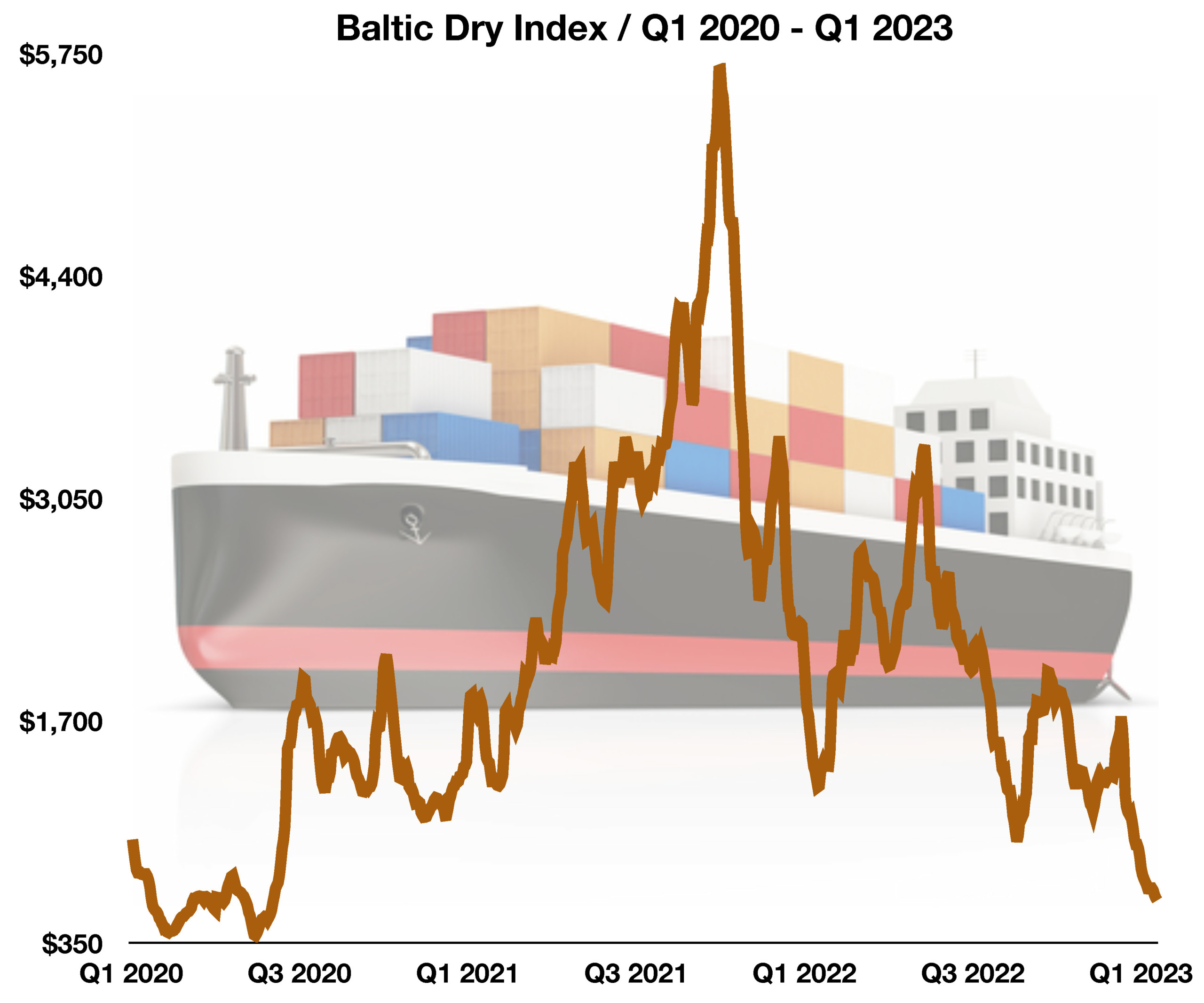
Dogwood Investment Advisors
630 Dundee Road, Suite 110
Northbrook, IL 60062
847.220.4044
Stock Indices:
| Dow Jones | 44,094 |
| S&P 500 | 6,204 |
| Nasdaq | 20,369 |
Bond Sector Yields:
| 2 Yr Treasury | 3.72% |
| 10 Yr Treasury | 4.24% |
| 10 Yr Municipal | 3.21% |
| High Yield | 6.80% |
YTD Market Returns:
| Dow Jones | 3.64% |
| S&P 500 | 5.50% |
| Nasdaq | 5.48% |
| MSCI-EAFE | 17.37% |
| MSCI-Europe | 20.67% |
| MSCI-Pacific | 11.15% |
| MSCI-Emg Mkt | 13.70% |
| US Agg Bond | 4.02% |
| US Corp Bond | 4.17% |
| US Gov’t Bond | 3.95% |
Commodity Prices:
| Gold | 3,319 |
| Silver | 36.32 |
| Oil (WTI) | 64.98 |
Currencies:
| Dollar / Euro | 1.17 |
| Dollar / Pound | 1.37 |
| Yen / Dollar | 144.61 |
| Canadian /Dollar | 0.73 |
Macroeconomic Overview
Inflation became less of a concern in January as the most recent data revealed six consecutive months of falling prices. The most recent inflationary data, as measured by the Consumer Price Index (CPI), fell to 6.5% after reaching 9.1% in June.
Surveys of banks conducted by the Federal Reserve have revealed that lending is slowing down markedly, with banks tightening credit scoring and steadily bolstering their cash reserves. Major banks are building protection against what they predict are upcoming economic woes in the form of asset and cash consolidation.
Recently passed legislation will allow millions of taxpayers the ability to reap tax benefits on electric vehicles and 529 college savings plans. Provisions from the Inflation Act as well as the SECURE Act will benefit mostly middle-income earners across the country.
Equity markets rebounded with the new year, as major equity indices were positive year to date at the end of January. The S&P 500 index was up 6.18% as technology-related companies led most gains and the Dow Jones Industrial Index gained 2.83% for the month.
Recent comments by Fed Chair Jerome Powell signaled that the Fed intends to continue rate hikes due to a strong labor market. Some economists and analysts differ in their view surrounding the strength of the labor market and instead note a decreasing hiring trend by companies as well as stagnant wages.
With recent concerns surrounding the debt ceiling and funding for different governmental agencies, the Office of Management & Budget identifies where the federal government allocates funds. The biggest expense in 2022 was Social Security, which was the only spending category of over $1 trillion. $770 billion was appropriated for National Defense, with other notable categories including Health, Income Security, and Medicare. In total, the federal government spent $6.27 trillion throughout 2022, nearly double what it did just a half-decade ago. (Sources: Bureau of Labor Statistics, Board of Governors of the Federal Reserve, IRS, U.S. Congress, U.S. Office of the President, Office of Management & Budget)



